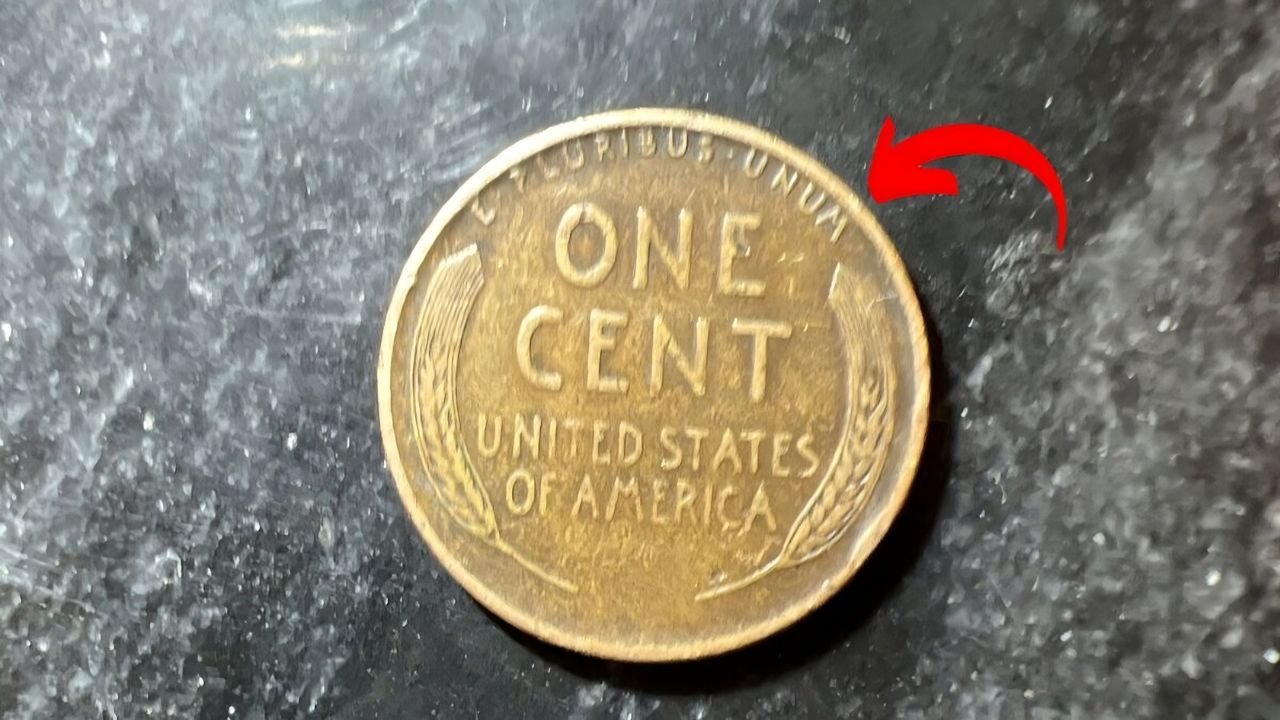The Lincoln Wheat Penny Valued at $320K : Most people barely glance at pennies anymore, tossing them into jars or leaving them in cup holders. Yet some Lincoln Wheat Pennies could be worth a small fortune. Among these, the 1943 Bronze Lincoln Wheat Penny stands out with an astonishing value of $320,000. What makes this story particularly exciting is that some of these valuable pennies may still be circulating in everyday pocket change, possibly hiding right under our noses. The possibility of such a discovery turns an ordinary transaction into a potential treasure hunt, making the Lincoln Wheat Penny one of the most fascinating subjects in American numismatics.
The Birth of an American Classic
The Lincoln Wheat Penny first appeared in American pockets in 1909, created to commemorate the 100th anniversary of Abraham Lincoln’s birth. Designed by sculptor Victor David Brenner, this coin marked a revolutionary moment in American currency – it was the first U.S. coin to feature an actual historical person rather than symbolic figures like Lady Liberty. The coin’s distinctive design featured Lincoln’s profile on the front and two wheat stalks on the reverse, symbolizing America’s agricultural heritage. This iconic design remained in production for nearly half a century, ending in 1958 when it was replaced by the Lincoln Memorial design we’re more familiar with today.
How a Wartime Error Created a Treasure
The extraordinary value of the 1943 Bronze Penny stems from a fascinating mistake during World War II. As the war intensified, copper became critical for military equipment, prompting the U.S. Mint to switch from bronze to zinc-coated steel for penny production that year. However, a few bronze planchets (coin blanks) from 1942 were accidentally left in the presses and struck with the 1943 design. The result was a small number of bronze pennies from a year when virtually all pennies were made of steel – creating one of the rarest and most sought-after errors in American coinage. These accidental treasures have become the holy grail for penny collectors, with top specimens commanding prices up to $320,000.
How to Identify a Valuable 1943 Bronze Penny
For those hoping to discover this valuable coin, several key characteristics must be present. First and most obviously, the date must read 1943. The coin should display a distinctive reddish-brown color, clearly different from the silvery appearance of the standard 1943 steel pennies that make up the vast majority of that year’s production. A simple but effective identification method is the magnet test – while the common steel pennies from 1943 will stick to a magnet, the rare bronze version will not. Additionally, the bronze penny weighs approximately 3.11 grams, slightly heavier than the 2.7-gram steel penny. These identifying features could help a lucky person recognize this valuable rarity.
Other Valuable Lincoln Wheat Pennies
While the 1943 Bronze Penny is the superstar of the series, several other Lincoln Wheat Pennies also command impressive prices. The 1909-S VDB Penny, featuring the designer’s initials and limited to just 484,000 pieces from the San Francisco mint, can sell for up to $100,000 in excellent condition. The 1914-D Penny is valued between $5,000 and $30,000 due to its low production numbers. Another notable rarity is the 1922 “No D” Penny, which is missing its Denver mint mark due to worn dies, potentially worth around $10,000. These examples demonstrate that several Wheat Pennies beyond the famous 1943 bronze version could be valuable finds.
The Excitement of Possible Discovery
What makes hunting for valuable Wheat Pennies particularly thrilling is that these coins could still be circulating or hiding in common places. Unlike many valuable collectibles that were recognized and preserved from the start, these pennies were released into regular circulation and used for everyday transactions. Many valuable specimens have been discovered in unexpected places – from old piggy banks and inherited collections to rolls of coins from the bank. This accessibility keeps the dream alive that anyone could potentially discover a rare coin worth thousands or even hundreds of thousands of dollars, adding excitement to the hobby of coin collecting.
The Impact of Condition on Value
For all rare coins, including Wheat Pennies, condition dramatically affects value. Collectors use a grading system ranging from Poor (heavily worn) to Mint State (pristine, as struck) to evaluate coins. A 1943 Bronze Penny in worn condition might sell for “only” tens of thousands of dollars, while a pristine example could reach that full $320,000 valuation or beyond. Even minor scratches, wear on high points, or improper cleaning can significantly impact a coin’s value. This emphasis on preservation explains why professional authentication and grading are essential for any potentially valuable find.
A Piece of American History in Your Pocket
The Lincoln Wheat Penny represents more than just a potentially valuable collectible – it’s a tangible connection to American history. These coins witnessed nearly half a century of the nation’s development, from the early automotive age through two world wars and into the dawn of the space age. Each penny, valuable or not, passed through countless hands during some of America’s most defining moments. This historical connection, combined with the possibility of discovering a six-figure rarity, ensures that the Lincoln Wheat Penny will continue to captivate collectors and casual observers for generations to come.




